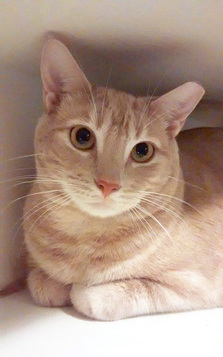
For far too long, colonies of feral cats have been a blot on the landscape of far too many communities.
But there’s a solution that benefits both these communities and the colonies that live in them. It’s called Trap-Neuter-Return or TNR.
Endorsed by such august groups as Alley Cat Allies, the ASPCA, the American Humane Association, and the Humane Society of the United States, TNR is considered to be the most humane, effective and financially sustainable method of controlling the growth of free roaming cats, estimated to be in the tens of millions throughout the country.
TNR entails humanely trapping all of the feral cats in a specific colony, having them spayed, neutered, and medically treated if needed, then returning them to their original locations, where their community “caretakers” can continue to provide them with regular food, water and shelter. If these locations are no longer feasible, appropriate or safe, the colonies can, hopefully, be relocated to farmyard homes.
Kittens still young enough to be socialized and friendly adults are usually taken in by local rescue organizations, placed in foster homes for continued socialization and training, spay/neutered, micro chipped and brought up to date on all vaccines. Then they are adopted out to loving homes as well adjusted pets and companions.
There are many advantages to Trap-Neuter-Return. The most significant one is that, when practiced on a large scale, it greatly decreases the number of kittens and cats flooding the thousands of shelters countrywide. This, in turn, results in lower euthanasia rates and higher adoption rates for those kittens and cats already there.
On a community level, TNR swiftly stabilizes the size of each returned colony by eliminating new litters. In urban areas, in particular, the returned cats continue their natural control of the rodent population. The “nuisance” behaviors associated with feral cats -- the yowling and fighting that come with mating and the odor of intact males spraying to mark their territory -- are dramatically reduced. And finally, the returned colony now guards its territory, preventing intact cats from moving in and starting the cycle of overpopulation and problem behaviors all over again.
To date, TNR is not just the best method of managing feral cat populations, it is the only one that works.









 RSS Feed
RSS Feed